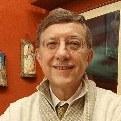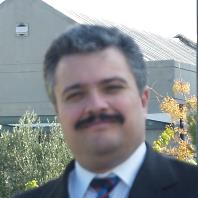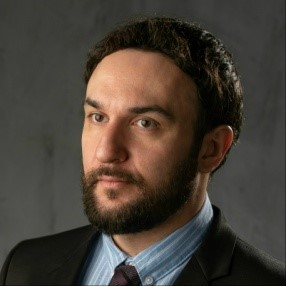Measurement, Simulation and Design of Sound in Urban Spaces
A special issue of Applied Sciences (ISSN 2076-3417). This special issue belongs to the section "Acoustics and Vibrations".
Deadline for manuscript submissions: 20 July 2024 | Viewed by 6181
Special Issue Editors
Interests: environmental acoustics; environmental sustainability; metamaterials; architectural acoustics; building acoustics; digital signal processing; machine learning
Special Issues, Collections and Topics in MDPI journals
Interests: environmental acoustics; environmental sustainability; acoustic metamaterials; building acoustics; soundscape; psychoacoustics; ergonomics; social sciences
Interests: computational mechanics; optimal design and parameter identification; applied artificial intelligence
Special Issues, Collections and Topics in MDPI journals
Interests: architectural acoustics; computational acoustics; acoustic measurements; acoustic sources; finite element method; impulse response; acoustic parameters; sound quality; psychoacoustics; soundscape
Special Issues, Collections and Topics in MDPI journals
Special Issue Information
Dear Colleagues,
From measures for protection against noise pollution to the optimisation of environmental comfort for specific outdoor/indoor functions, the acoustics of urban spaces has been demonstrated to have a great impact on human life. In recent years, scientific and public communities increased their awareness of perceived sound sources, and governments started to establish more accurate regulations. The latest physical limits, holistic indices, and techniques include, for example, decibels (dB, which helps to measure the intensity of sounds and predict noise annoyance thresholds), psychoacoustic descriptors (which helps describe sound sources in their characteristic spectra), soundscape descriptors (which help to include human perception in the environmental sound evaluation), and artificial intelligence (AI) for decoding and gathering more specific information during monitoring phases. The sound quality in urban spaces is not only a matter of physical limits; it is also key to human physical and psychological wellbeing, which makes it a challenge for the latest data analysis techniques. This Special Issue aims to gather major publications on projects and achievements which, from theoretical and practical perspectives, make innovative proposals regarding the Measurement, Simulation and Design of Sound in Urban Spaces. The scope relates to the contemporary field of environmental sound and soundscape research, but we are also interested in proposals on the monitoring and design of outdoor public spaces. The urban environment needs to be analysed according to both quantitative and qualitative parameters. The proposed papers should highlight their holistic approaches (physical sciences, machine learning, engineering sciences, building sciences, human and social sciences). Particular attention will be given to papers that show how urban spaces are constructed and drawn by psychoacoustics and soundscapes, but also how environmental sounds are produced and shaped by urban spaces. Finally, this Special Issue also aims to gather articles in different cultural and geographical contexts (on the five continents), at building, district, city and/or megalopolis scale.
Prof. Dr. Massimo Garai
Dr. Gioia Fusaro
Prof. Dr. Georgios E. Stavroulakis
Dr. Nikolaos M. Papadakis
Guest Editors
Manuscript Submission Information
Manuscripts should be submitted online at www.mdpi.com by registering and logging in to this website. Once you are registered, click here to go to the submission form. Manuscripts can be submitted until the deadline. All submissions that pass pre-check are peer-reviewed. Accepted papers will be published continuously in the journal (as soon as accepted) and will be listed together on the special issue website. Research articles, review articles as well as short communications are invited. For planned papers, a title and short abstract (about 100 words) can be sent to the Editorial Office for announcement on this website.
Submitted manuscripts should not have been published previously, nor be under consideration for publication elsewhere (except conference proceedings papers). All manuscripts are thoroughly refereed through a single-blind peer-review process. A guide for authors and other relevant information for submission of manuscripts is available on the Instructions for Authors page. Applied Sciences is an international peer-reviewed open access semimonthly journal published by MDPI.
Please visit the Instructions for Authors page before submitting a manuscript. The Article Processing Charge (APC) for publication in this open access journal is 2400 CHF (Swiss Francs). Submitted papers should be well formatted and use good English. Authors may use MDPI's English editing service prior to publication or during author revisions.
Keywords
- noise control
- noise monitoring systems
- soundscape
- quiet areas
- data analysis
- big data
- machine learning, environmental acoustics
- computational acoustics
- smart noise barriers (including but not limited to metamaterials)








